No Mow May is fine, but conservationists say more can be done to help pollinators
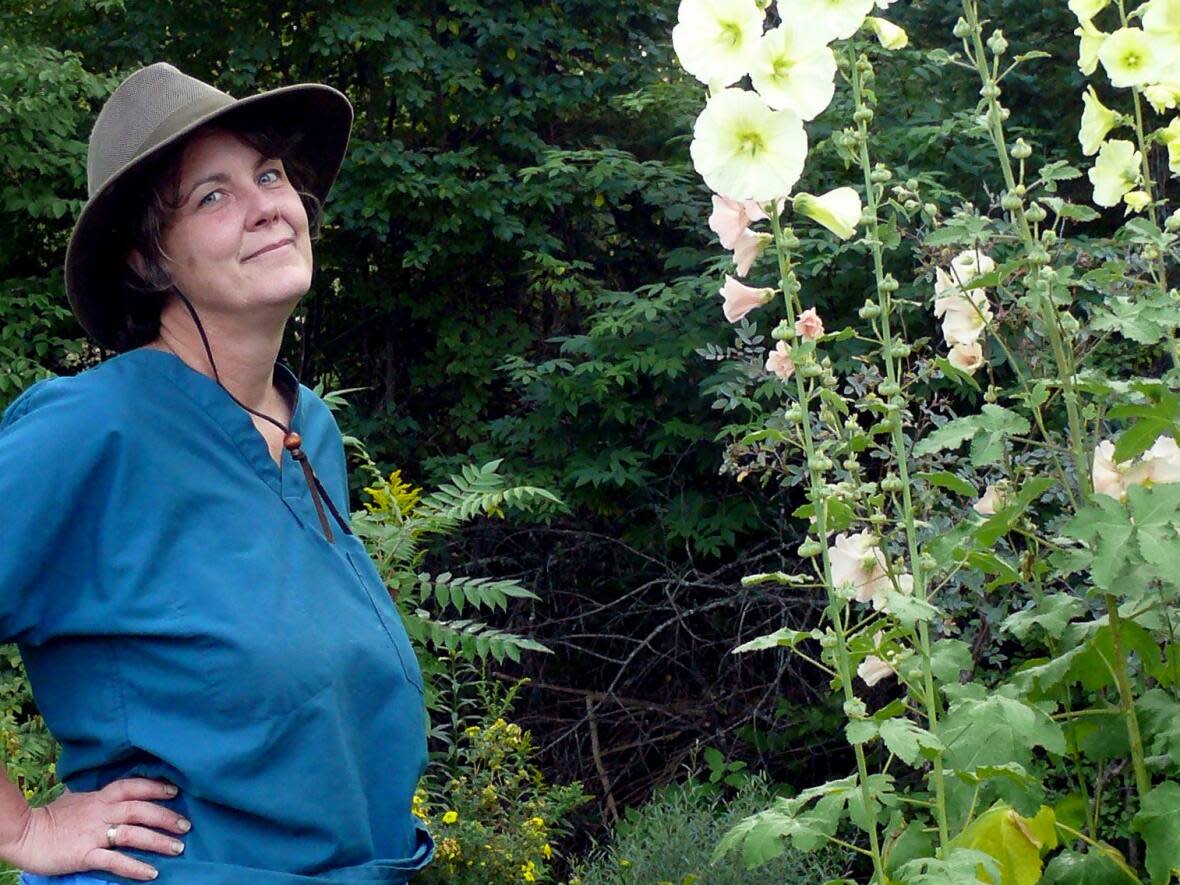
A movement called No Mow May has encouraged people to skip the lawnmower this month and let their grass grow long.
But many conservationists say there's more people can do to help pollinators, such as bees, butterflies and moths, get access to nectar year-round.
"Nova Scotia seems to have a love affair with lawns," said Marian Whitcomb, a native habitat reconstructionist in Baddeck.
Instead of a green monoculture peppered with yellow dandelions, Whitcomb has a different vision for her yard — a wildflower meadow teeming with goldenrods, asters and wild strawberry bushes – plus other plant species native to Nova Scotia.
Over the past 15 years, Whitcomb has been working to rehabilitate her property by reintroducing native plant species. She's watched as her efforts attracted more wildlife.
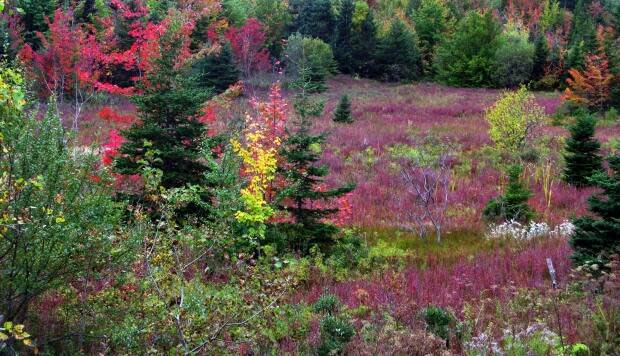
"My husband and I sit on our deck in the morning overlooking the brook, have coffee, and see phenomenally amazing birds," she said.
She owns an acre, and 70 per cent of it is devoted to keeping it in a natural state and letting native species go wild.
She hopes that others will do the same, even if it's just in the corner of a yard.
"Plant more native plants, plant more shrubs, more trees," she said. "What that does is that creates a three-dimensional habitat. And the more structure you have in your property, the more interesting your life is going to be."
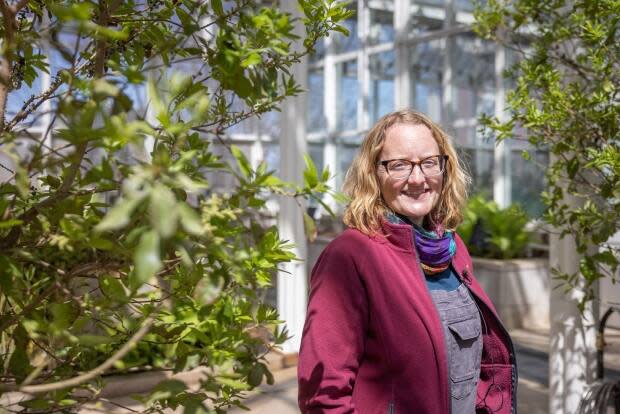
Whitcomb's approach is in line with advice from conservationists in the province.
Melanie Priesnitz, a conservation horticulturist at Acadia University's Harriet Irving Botanical Garden, said Nova Scotians should reconsider their lawns altogether.
"What we really need to do is support biodiversity," said Priesnitz.
While grass and dandelions do give pollinators an early spring boost, Priesnitz said they need access to diverse bloom times year-round, from May to October.
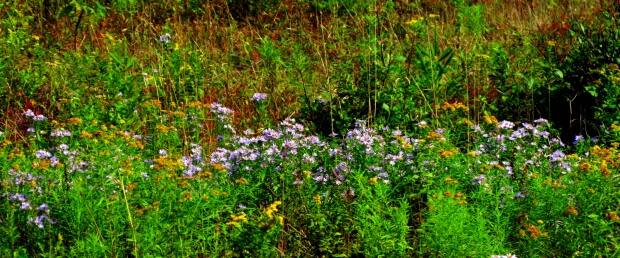
"Having things blooming all through our gardens, our lawns and all of our wild spaces is really key to supporting pollinators and to help increase biodiversity," Priesnitz said.
Species native to Nova Scotia, like swamp milkweed, high-bush blueberry or goldenrod, can be planted in a dedicated space to help pollinators find extra nectar.
"Think of [yards] as a bit of an extension of the forest," she said. "That's how we can give back to nature."
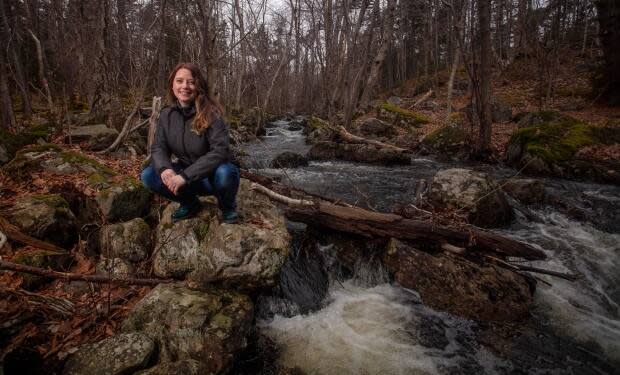
Jaimee Morozoff, program director for Nova Scotia with the Nature Conservancy of Canada, agrees. The organization released a statement urging people to take the next step beyond No Mow May and to naturalize their yards.
"We like to call them small acts of conservation," she said.
Even those with small yards or balconies can help by planting native species that bloom in the early spring, like flowers, plants, or shrubs.
Morozoff said for those unsure what to plant, go for a walk to a natural area and see what's blooming. From there, people can visit local greenhouses and nurseries to ask about native species.
"If you really care about pollinators and you really want to do something... that's where the native species comes in."
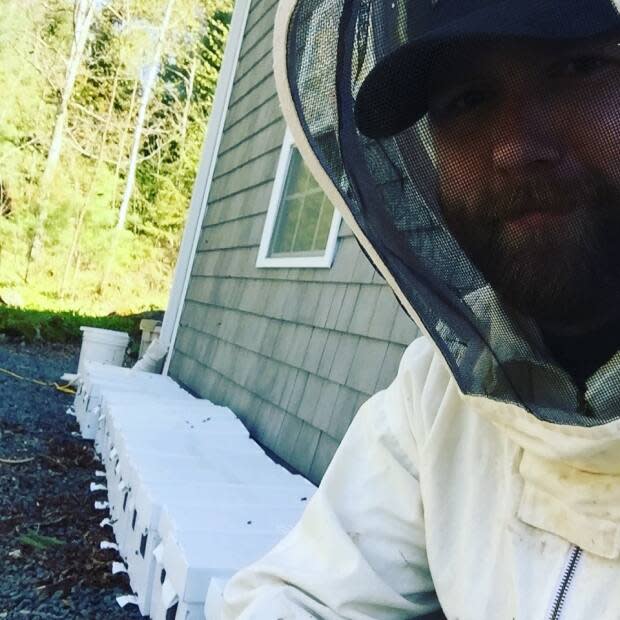
Does letting grass grow long really help the bees? It doesn't hurt, according to Mark MacKay, manager of Country Fields Beekeeping Supplies in Fall River.
He said that while dandelions are not the be all and end all, they are a plentiful pollen source at the start of the season for honeybees and give them a "first blast" they need to start rearing new broods.
MORE TOP STORIES


